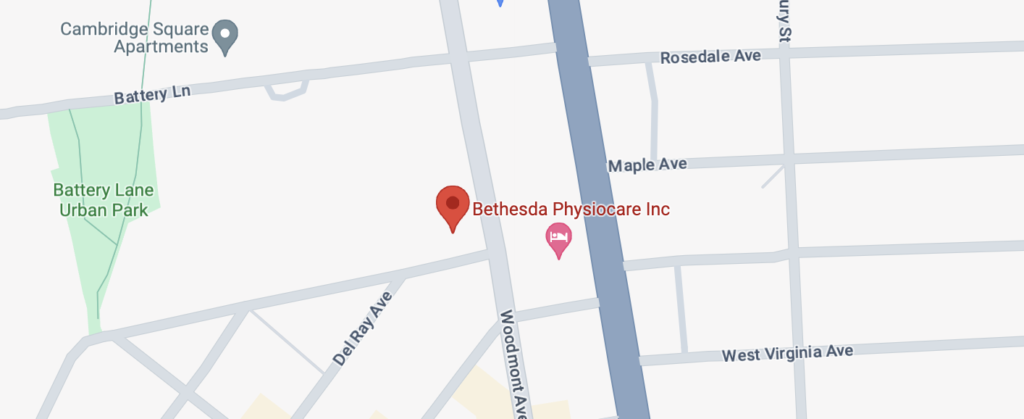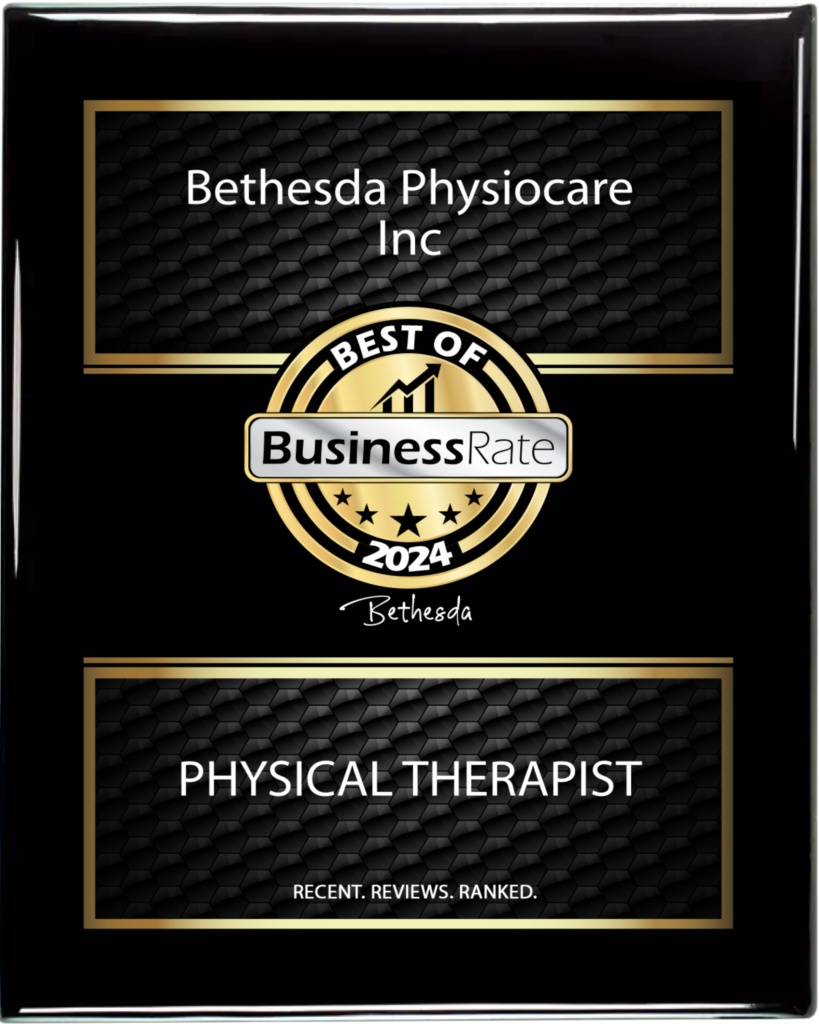
When you suffer an injury or experience pain, your physical therapist sprints into action. Their job is to take the context of your injury, medical conditions, medical history, etc., assess the state of your muscles, joints, nerves, and other tissues, and work towards improving movement and mobility.
Physical therapists have several tools at their disposal, and as the discipline expands, new modalities become part of the PT’s arsenal. Manual therapy is another approach physical therapists use to achieve pain relief and better movement.
So, what can you expect from your manual therapy session?
We get into some of the details.
As leaders in the physical therapy arena involving manual therapies, dry needling, and other modalities, Bethesda Physiocare can help you get back to an active lifestyle. Call 301.205.5279 to connect with us today.
How Do Physical Therapists Use Manual Therapy?
While some might consider physical therapy and manual therapy interchangeable terms, most physical therapists do not see it that way. Historically speaking, manual therapies have a long history and appear throughout a variety of cultures. In the physical therapy world, manual therapy refers to a subset or subcategory of physical therapy. This approach is often part of a larger physical therapy program designed to help someone through an injury or recovery.
Physical therapists use manual therapy in specific instances—depending on the injury, the muscle involved, or the cause of a problem.
A physical therapist will first assess the root cause of the pain or the issue and determine whether manual therapy, exercises, stretching, or a combination of all of these will benefit you most.
Manual therapy can be beneficial for patients that are experiencing conditions such as:
- Arthritis
- Back pain
- Osteoporosis
- Hip pain
- Knee pain
- Stiff joints or muscle spasms
- Whiplash-related injuries
Manual Therapy as Treatment
Once a physical therapist determines that your condition would benefit from manual therapy, they will proceed to use it. PTs will use manual therapy:
- As an initial assessment tool. Manual therapy might first be used to assess the extent of joint motion, how much a nerve can adjust its length during activities, or how various muscles are functioning. With manual therapy, the PT can get a better idea of what may be contributing to your pain and dysfunction
- Soft tissue work. With certain types of manual therapy, the therapist applies focused pressure to trigger points in muscles, or helps a muscle regain its normal length. Strategically applied pressure relaxes muscles, increases circulation, helps mobilize scar tissue and eases pain.
- Mobilization/manipulation. Mobilization and manipulation refer to the application of movement and pressure at various speeds usually applied to joints of the spine or the extremities. This form of manual therapy helps with tension and pain relief.
What Does Manual Therapy Include?
Broadly speaking, manual therapy refers to hands-on therapy, but this can encompass a variety of modalities that approach the problem slightly differently. At Bethesda Physiocare, we employ manual therapies that include:
- Trigger Point Therapy: This is a specialized technique to restore blood flow in muscles, reduce local and referred pain, and restore motion.
- Fascial Techniques: Fascia has been recognized as one of the most important tissues in the body. Physical therapists may use a variety of fascial approaches, such as Fascial Manipulation® or myofascial release.
- Exercise Therapy: Manual therapy is usually combined with supportive exercises under the guidance of an experienced clinician.
- Pain Science Education: Understanding the nature of your pain and what you can do yourself is a critical aspect of manual therapy
- Joint Manipulation/Mobilization: A physical therapist applies mobilization techniques on joints at different degrees and amplitudes.
What Should You Expect From Manual Therapy at Bethesda Physiocare?
A physical therapy clinic employs a wide range of approaches to help patients recover from injury or achieve relief from chronic pain. Your specific recovery plan will depend on the circumstances surrounding your condition or your injury.
So, depending on your problem, your PT might choose different techniques. When coming into the clinic expect to answer questions about your injury, any past medical conditions, past injuries, or pain areas.
You also want to be prepared to perform a series of exercises or tests that your PT might use to assess the areas of your pain and how best to treat them.
Want to Get Rid of Pain and Restore Mobility? We Can Help
Whether your pain is acute or chronic, physical therapy has a lot to offer to restore you back to an active lifestyle. One area of physical therapy is manual therapy, which is a hands-on approach to a variety of ailments that helps to strengthen muscles, restore mobility, and encourage blood flow to the area. If you’re in the Bethesda, Maryland area and suffer from pain, our physical therapists can help.
Want to learn more about how our physical therapists in Bethesda, MD can help you live pain-free? Call Bethesda Physiocare today.



